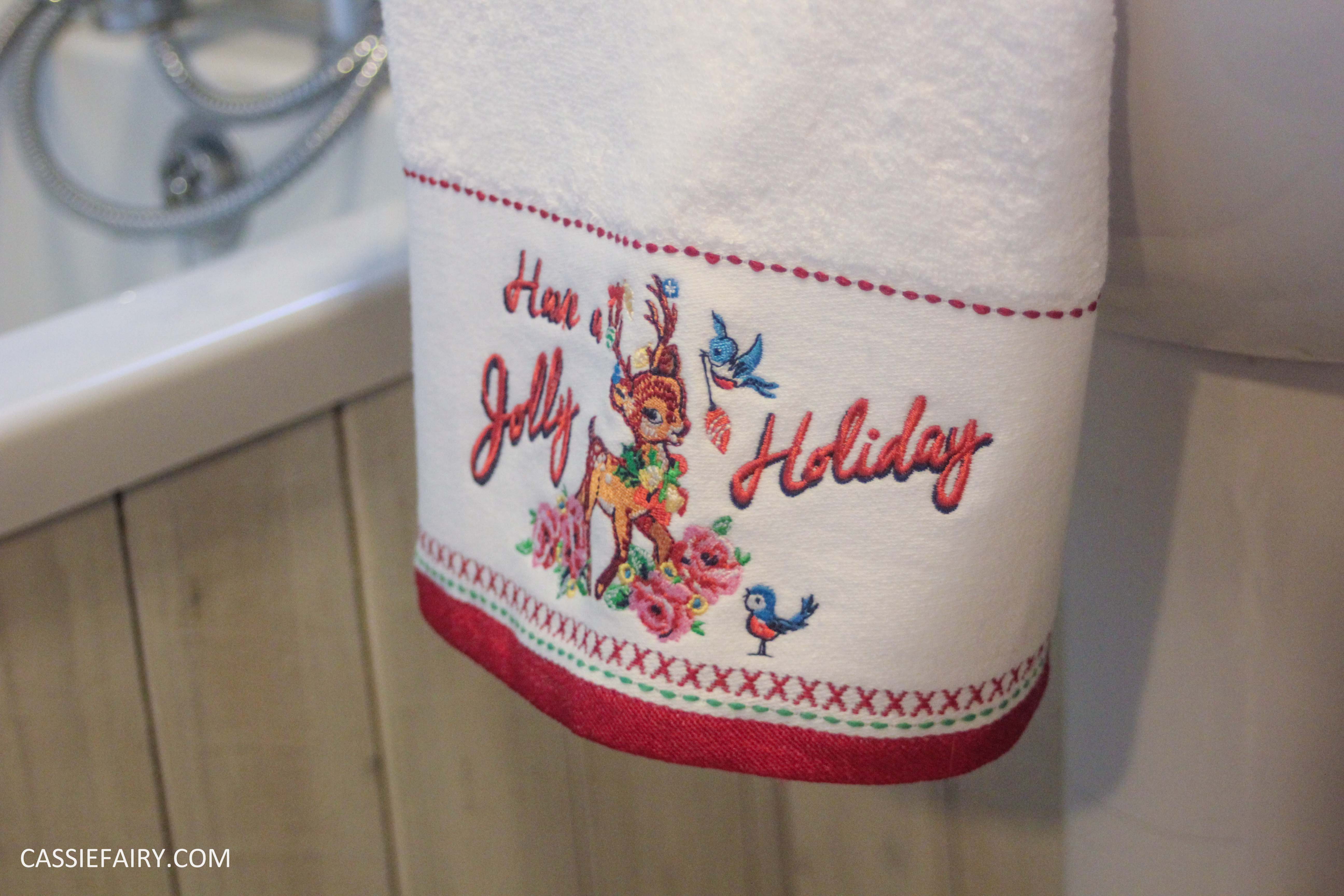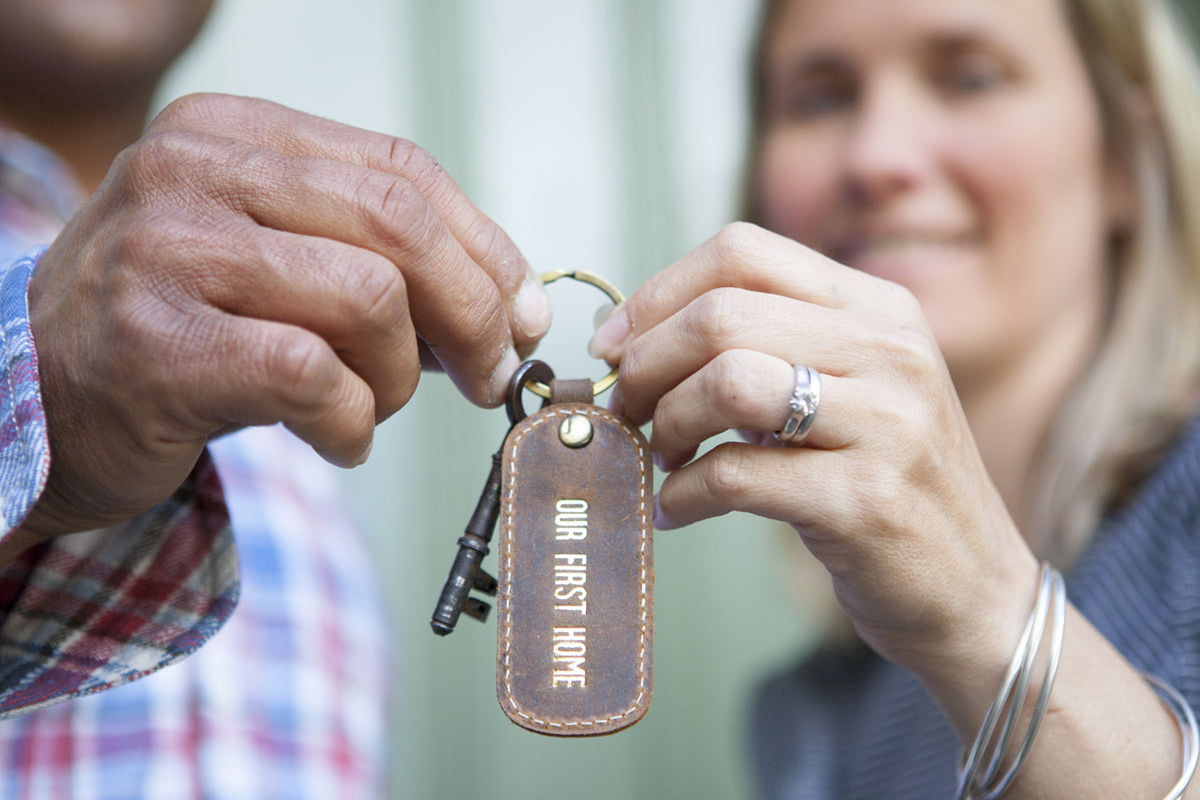Hoo-gah. Honestly, that’s how you pronounce it. Lagom is slightly a tougher one… lar-gohm. If you’re already over hygge, then maybe lagom is for you. With the new year in full swing, the Scandinavian concept of ‘everything in moderation’ may be better suited to you (especially if you’re making changes to your lifestyle and diet) than the full-on snuggle-up-and-get-cosy-during-deepest-darkest-winter concept of hygge. Lagom means ‘just the right amount’ and is a slightly more matter-of-fact approach to living a more balanced and thriftier lifestyle. As a very thrifty gal, it’s no wonder I’ve become intrigued by this concept, is it?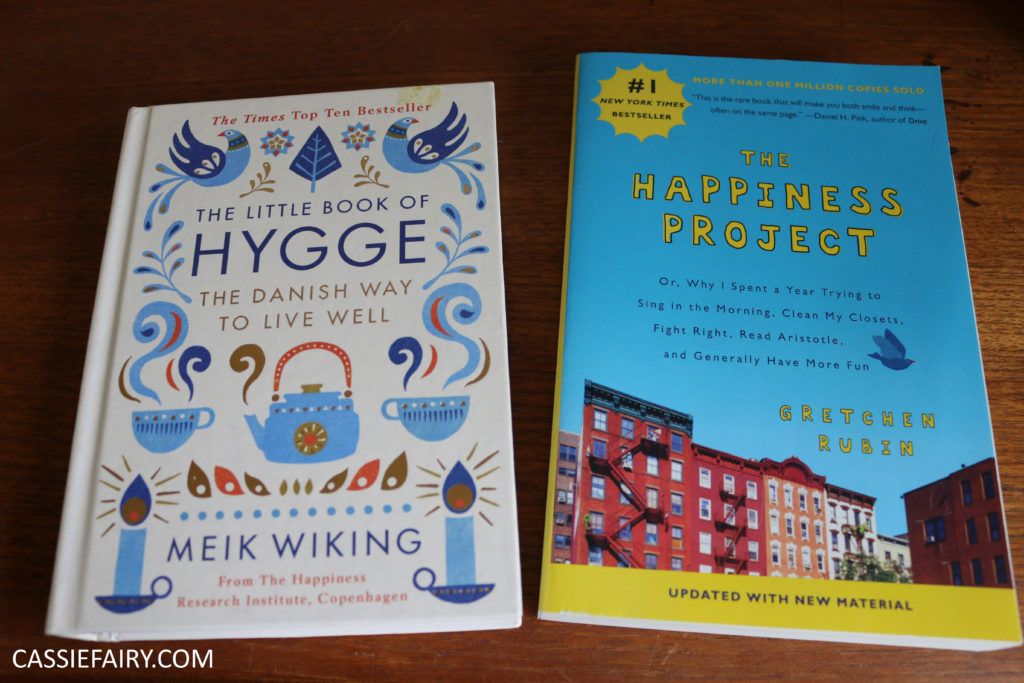
The eagle-eyed of you may have spotted that I received a book relating to this topic for Christmas. Yes, I finally own a copy of the famous Hygge book by Meik Wiking. You know, the one that instagrammers seem to be posting photos of daily during the autumn and winter. The Danish art of hygge doesn’t necessarily have a certain look or design philosophy, it’s more about the feeling and atmosphere that a room gives you. It’s about appreciating the small things in life and about the times you have felt at your happiest. Recreating that vibe throughout your home is hygge, pure and simple.
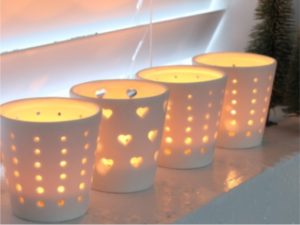
Lagom is very different and there are four ways to embrace lagom this year; eating with the seasons, reducing your environmental impact, stressing less, and enjoying things in moderation. So you can see that this Swedish concept is more about lifestyle as a whole, rather than focusing on creating a feeling of cosiness in the home like hygge. It’s about having just the right amount of food, achieving the ideal work/life balance and doing your bit for the environment. Sounds like a set of new year’s resolutions, doesn’t it? I already feel like it’s more serious concept than the warm-and-fluffy idea of hygge, but maybe that’s just my natural reaction resolutions in general. What a rebel.
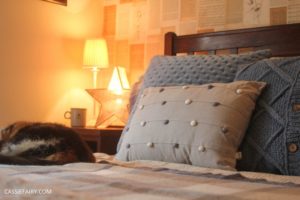
In contrast, home interior specialists Baytree Interiors have come up with the four elements needed to create the perfect winter sanctuary with the Danish concept of hygge. These are: textures, small spaces, natural colours and low lighting. Firstly, rustic materials such as wood and leather work well to create hygge-esque textures especially when combined with cable knits, faux fur and fluffy rugs. Secondly, larger rooms will benefit from being divided up, to make a series of cosy spaces. Thirdly and neutral colour scheme using brown, gray and cream will give a sense of bringing nature indoors. And finally, lighting is the most important element in any Hygge home and it’s the easiest way to create a warm and inviting atmosphere. Lamps and candles create soothing pools of light around the home, and the Danes are said to light more candles than any other country in Europe!
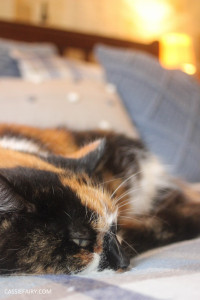
I can see how the two ideas can work hand-in-hand. For example, if you’re practicing the lagom idea of stressing less, you’ll be wanting to create a lovely hygge environment in which to relax in. Food and drink can be hygge too (I’d call it comfort food…) and the lagom idea of having everything in moderation means that you really can enjoy that hot chocolate with squishy marshmallows without feeling guilty, because you’re just having one mugful. And of course, switching off the electricity to sit by hygge candlelight, couldn’t be more lagom in terms of reducing your environmental impact, could it?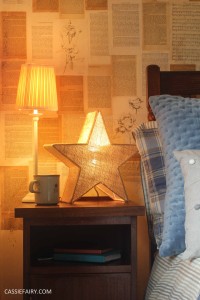
These two Scandinavian concepts aren’t in competition with each other, but they have both become really popular this winter and it seems like a good idea to learn a thing or two about lifestyle from the happiest nations in the world, doesn’t it? I can’t wait to introduce some of these concepts into my own home and life in 2017 and try to embrace a happier, cosier and more relaxed approach to life. So if you find me tucked up under a blanket that I’ve knitted myself rather than doing any work, that’ll be the reason why! Let me know if you’re inspired by these Scandinavian ideals or if you’ve been adding a touch of hygge to your home this winter by leaving me a comment below 🙂 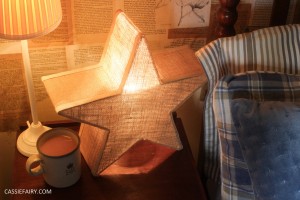
This article is a sponsored collaboration. The pink links in the content indicate a sponsored link or information source. The blog post reflects my own experience and the sponsor hasn’t had any control over my content 🙂




















